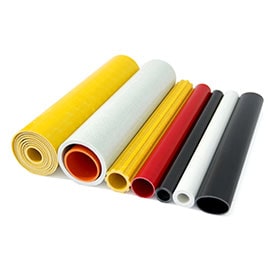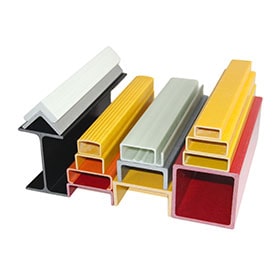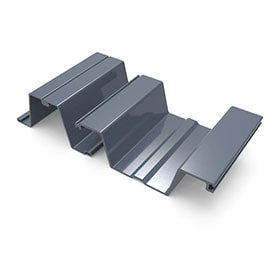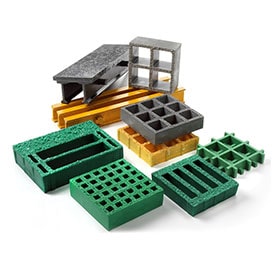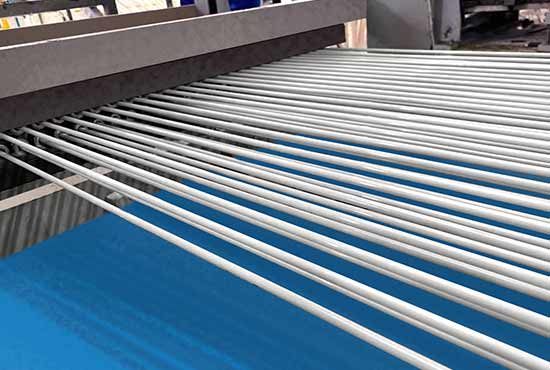
FRP pultrusion process is a manufacturing technique that produces continuous lengths of fiber reinforced polymer (FRP) composites with constant cross-sections. FRP composites are materials that combine fibers, such as glass or carbon, with a resin matrix, such as polyester or epoxy, to create strong and lightweight structures. FRP pultrusion process has many advantages and disadvantages, as well as applications in various industries.
Advantages and Disadvantages of FRP Pultrusion Process
Some of the advantages of FRP pultrusion process are:
Some of the disadvantages of FRP pultrusion process are:
FRP Pultrusion Process Steps
The basic steps of FRP pultrusion process are:
Impregnation: The fibers are pulled through a resin bath or a resin impregnator that saturates them with the resin matrix and any additives.
Forming: The wetted fibers are pulled through a heated metal die that shapes them into the desired cross-section and initiates the resin curing.
Pulling: The cured FRP product is pulled by a traction device that provides the driving force for the process. Cutting: The FRP product is cut by a saw or a cutter into the required length.
Application of FRP Pultrusion Process
FRP pultrusion process has many applications in various industries, such as:
Electrical: FRP pultruded products can be used as electrical insulators for transformers, switchgears, cables, poles, and towers. They offer advantages such as electrical insulation, thermal stability, moisture resistance, and low maintenance.
Automotive: FRP pultruded products can be used as parts for vehicles, such as bumpers, spoilers, chassis, body panels, and engine components. They offer advantages such as weight reduction, fuel efficiency, impact resistance, and aesthetic appeal.
Marine: FRP pultruded products can be used as components for boats, ships, submarines, offshore platforms, and pipelines. They offer advantages such as seawater resistance, buoyancy, fatigue resistance, and durability.
Conclusion
FRP pultrusion process is a manufacturing technique that produces continuous lengths of fiber reinforced polymer (FRP) composites with constant cross-sections. It has many advantages and disadvantages, as well as applications in various industries. FRP pultrusion process is a promising technology that can create strong and lightweight structures for various purposes.
 +86 15303735673
+86 15303735673 Jessica@frpzs.com
Jessica@frpzs.com
 Technical Data
Technical Data


